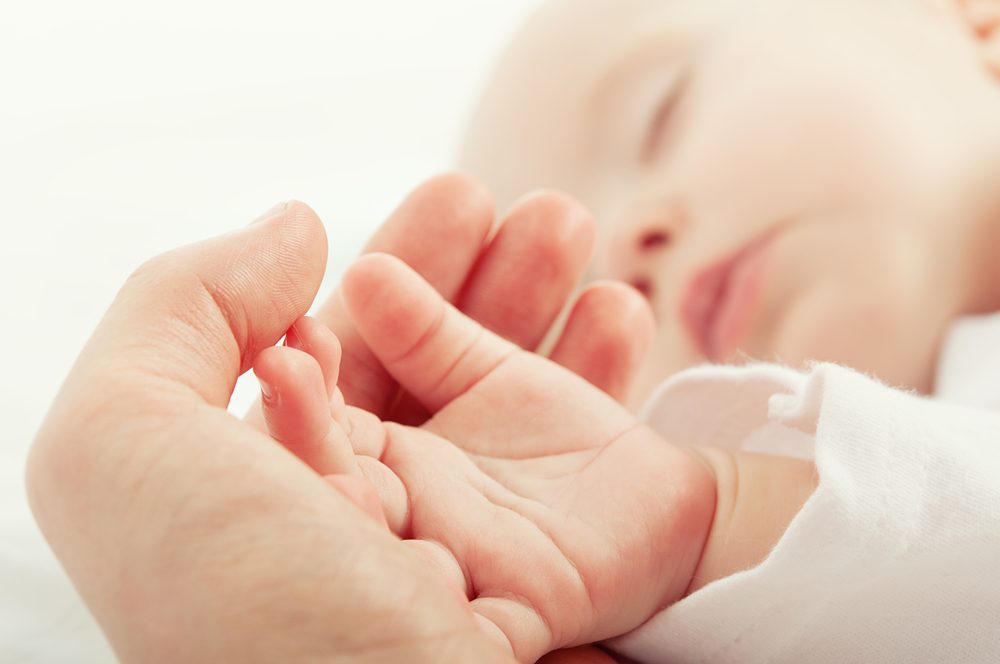Case Highlights Unusual Respiratory Features in Severe Bardet-Biedl Syndrome

A case study of a baby with Bardet-Biedl syndrome (BBS) highlights the unusual respiratory features that result from inheriting two mutant copies of the BBS10 gene.
The report, “Bardet-Biedl syndrome presenting with laryngeal web and bifid epiglottis,” was published in the journal BMJ Case Reports.
BBS is a genetic disorder characterized by obesity, progressive vision loss, polydactyly (extra fingers or toes), impaired function of the sex glands, intellectual disability, and kidney abnormalities. The disorder is also associated with a wide range of co-existing and complicating conditions such as diabetes and, in rare cases, upper respiratory anomalies such as laryngeal webs (constriction of the windpipe due to web-like tissue) and bifid epiglottis — a cleft in the flap of cartilage in the throat that prevents food from entering the windpipe.
Mutations in more than 20 different genes have been associated with BBS. About half of all BBS cases result from mutations in the BBS1, BBS2, or BBS10 gene. Patients with BBS1 mutations generally have milder symptoms than those with mutations in the other genes. The case study describes an 11-month-old boy from India with severe BBS symptoms including airway abnormalities.
The patient showed excessive appetite and weight gain, developmental delay, and several signs of an upper respiratory condition, including noisy breathing, snoring, and a weak cry. At the age of 11 months, he was 15 kg (33.1 lbs) and 77 cm long.
The infant, born of third-degree consanguineous marriage, had several features of severe BBS including facial and skull abnormalities, digit malformations, enlargement of the liver, a heart murmur, and hypogonadism. In addition, the patient had a voice disorder due to bifid epiglottis and laryngeal web.
Blood tests found elevated thyroid-stimulating hormone levels, suggestive of hypothyroidism. He was started on Eltroxin (levothyroxine), a common treatment for hypothyroidism. Genetic testing revealed that the child had inherited two copies of a mutant variant of the BBS10 gene, one from each parent, confirming the BBS diagnosis.
The patient’s laryngeal web was removed by laser surgery, and his hypothyroidism treated with thyroxine, a thyroid-secreted hormone. Dietary modifications were recommended to manage his weight gain.
At his last check-up, the patient had no further weight gain and no complications from the surgery. He will be monitored in the future for the emergence of vision impairments.
“This case is interesting because of the peculiarity of presentation with upper airway malformation thereby highlighting the importance of ruling out upper airway malformations in case of BBS,” the researchers wrote.




